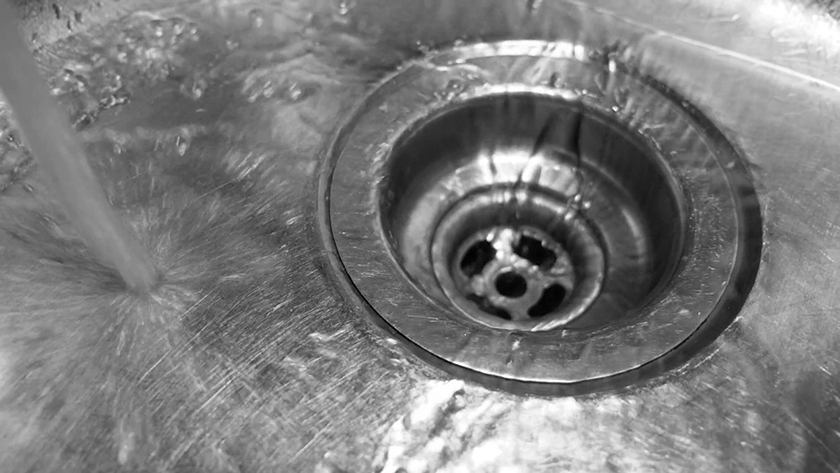
You will most likely also find a lot of silt down the bottom of the gully, that has built up since the last time it was cleaned. This type of blockage is easily cleared, using either your hands (assuming you still have the rubber gloves on) or a trowel. With a bit of luck, you will find the culprit of your blockage is just a load of twigs and leaves that slipped down into the gully itself. With the grid out of the way, you should now have access to the inside of the gully. Top Tip: Tying some string around the bars of the grid and giving it a few good tugs should help loosen it up, if you find yourself struggling. However, if the grid has become a bit rusty or stiff, through age or lack of maintenance, you may need to be a bit more forceful in your methods. Usually a gully grid will lift quite easily by using a screwdriver to prise it open.

Step 2 - Remove the gully trap/gridĭepending on the age of your grid, this part could be a bit tricky and a potential dirty water splash hazard.hence why you will want the protective glasses. With the grid now as clear as possible, it's time to reach into the unknown. Once you have located your blocked gully, you will need to try and clear any debris caught in the grid as you can with your hands.this is where you will be happy you have the rubber gloves.

If so, it's still probably best to find the worst looking one though and start there. It could, of course, be the case that you have more than one blocked gully, meaning that you will need to follow this process on each. Look for the one that has the most debris in and around it, or the most pooled water that won't drain away. You may also have a number of gullies around your property, and it may not always be instantly clear which one contains the offending blockage. This is why good gully maintenance is important. Ironically, over time, the debris that is caught by the grid can build up and become the very blockage it was trying to prevent. For the sake of simplicity in this article, however, we will refer to the gully cover grating as a “grid”, the bend as a “trap” and the gully itself as a “gully”. Because of this, reviewing guidance from multiple sources can get a bit confusing. Terminology Tip: depending on who you speak to, or which website you look on, the term “gully trap” can be used to mean either the cover of the gully that traps debris, the bend in the gully that traps the water, or the entire gully itself. Technically speaking, a "grid" is the plastic or metal grating (also known as a gully trap) that sits on top of the gully to keep leaves, litter and other debris out of the drains as much as possible.

This first step isn't meant to be patronising, but rather an acknowledgement of the fact that many of us know our gullies more commonly as grids. If you forget to do this.be prepared to potentially get a bit wet.and probably smelly too. The glasses will prevent any splashback of dirty water getting into your eyes, and the gloves will keep your hands clean as you reach down into the soggy depth of your gully.Īlso, suppose you have an older property that has a combined drainage system for surface water and wastewater (see our dedicated article, does your house have the right drain connections.) In that case, it is probably a good idea to make sure that no one else in the household is going to try using the toilet, shower, sinks, washing machine, or anything else that will drain wastewater into the gully. That's what the protective glasses and rubber gloves are for (hazmat suit optional for germaphobes like me). All kinds of muck and bacteria can live down in the dark warrens of underground pipework that drain water from your property, and you really do want to keep yourself protected from it. No, not for the coup of the century, nor even the murkiest scam, but rather for the messy job of cleaning your gully.ĭealing with grids, gullies and outside drains, in general, can be an unpleasant task. Protective glasses (even if you already wear spectacles - safety first).Rubber gloves (ideally ones that cover your forearms if possible - marigolds are always a good choice).Before getting started, you will want to make sure that you have all of the following items to hand.


 0 kommentar(er)
0 kommentar(er)
